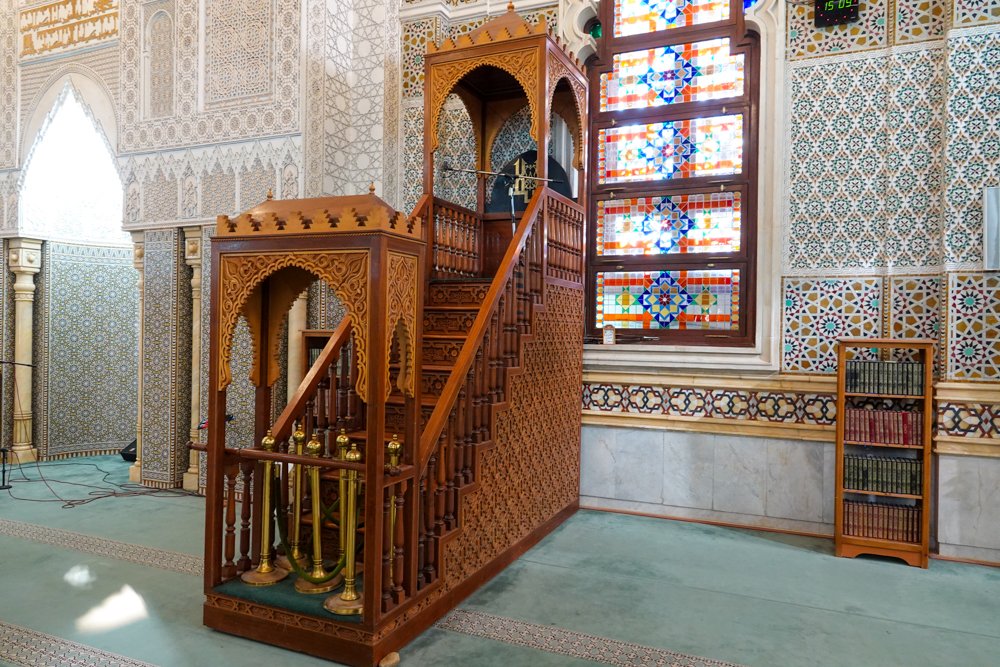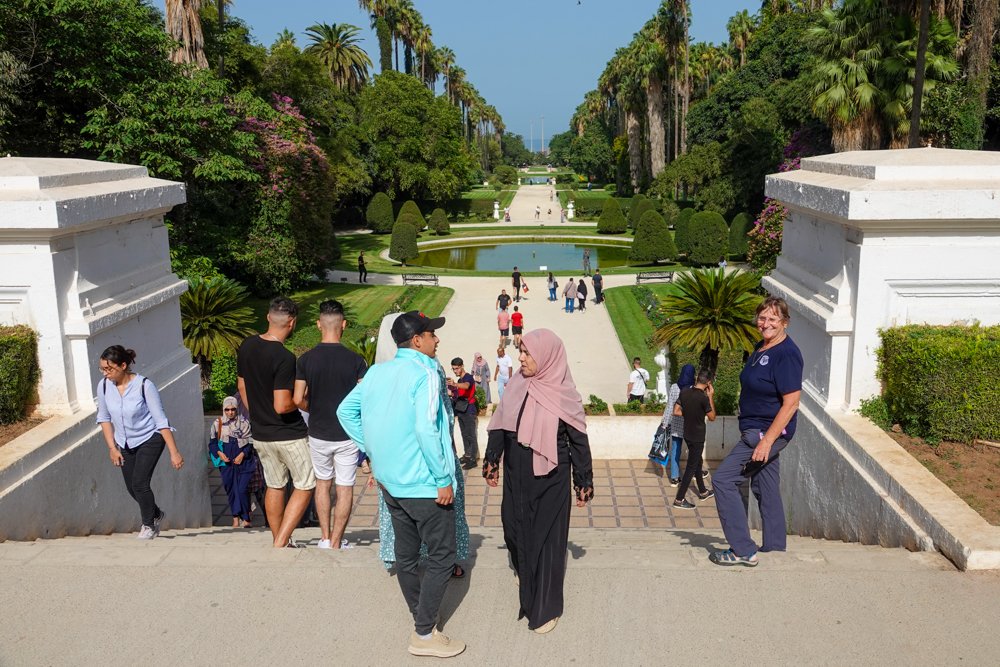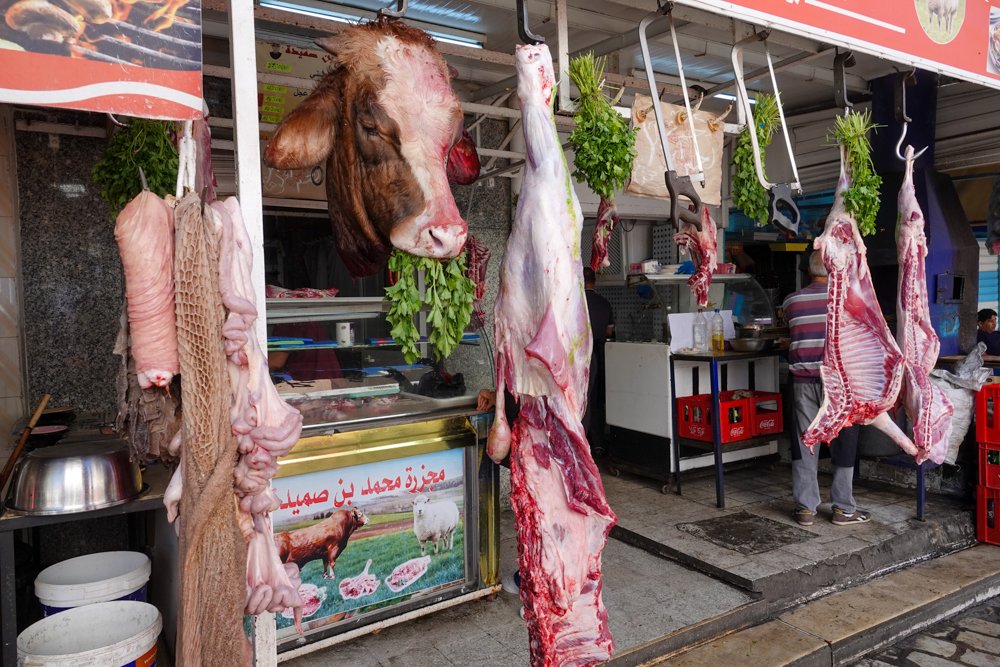Are you ready to go to North Africa?
Vicky and I went to North Africa from October 11th to November 5th, 2022. We went to three countries: Algeria, Tunisia, and Morocco. It was divided roughly one week in Algeria, two weeks in Tunisia, and one week in Morocco. These countries all have similarities from being on the Mediterranean Sea, being in north Africa, and being invaded by most of the same people, but they have their differences as well.
We didn’t know very much about these three countries which is why we went there. It was an educational trip for us but also lots of fun. We enjoyed lots of excellent food, the Mediterranean Sea, the Sahara Desert, the Atlas Mountains, some incredible mosques, Tataouine, Tozeur, seeing Star Wars and Indiana Jones filming locations, and travelling by camel, horse-drawn carriages, jeeps in the Sahara, a cable car, along with plenty of bus and plane time. People were friendly enough, especially if we were in the markets.
I’ve attached some photos from each country to give you a glimpse into our trip:
North Africa has more Roman ruins than anywhere else in the world, and we visited a handful of them including Djemila, Algeria
Mosques were a frequent visit including the Mosque of Emir Abdelkader in Constantine, Algeria
A trip into the Sahara Desert wouldn’t be complete without going for a camel ride
Remarkably, we had several Obi-wan Kenobi sightings near Tataouine, Tunisia at Star Wars filming locations
We enjoyed numerous home-cooked meals including this one in the Atlas Mountains of Morocco
We even had the joyous opportunity to walk across a real bridge that was straight out of an Indiana Jones movie, in Morocco



























































































































